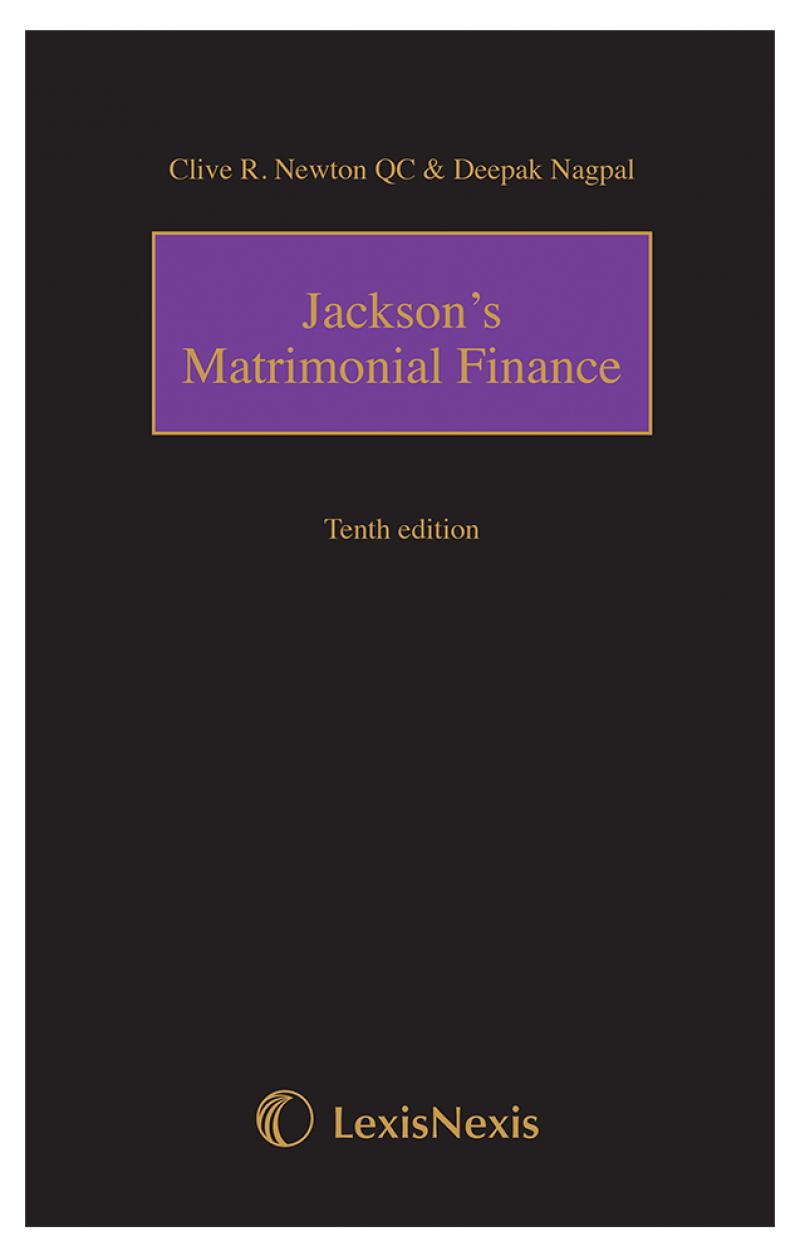A few months ago
I was asked to speak on a panel at the
Voice of the Child Conference 2014. My
topic was whether the family court is the right
solution for cases involving children and young people. I was asked because of
my children’s rights experience and the fact that I am just starting a career at
the Bar.
In October I will start my pupillage at
New Court Chambers and for the
past year I have been working full time at
Dot Com Children’s Foundation. Dot Com Children’s Foundation enables children to recognise the importance of
positive values and empowers them to make safer choices throughout their lives.
We do this through journals that are used at school during PSHE lessons
(Personal, Social, Health and Economic Education).
Before this, and before
interning in the legal world, I also volunteered at a number of national
children charities.
In considering whether the family court is
the right solution, I asked myself three questions:
- What do we want to achieve when we say that the child’s welfare is the paramount
consideration?
- What problems are there in the current system?
- What could be solution to these problems?
In order
to answer the first of these questions I thought back to my studies. From my experience, it seems
that what we want to achieve, when dealing with cases that involve children, is
to ensure that the best interests of the child are always at the forefront of
everyone’s minds.
This should involve giving the child a voice and making them feel as though
they have been listened to and acknowledged; it should also help the child to
feel safe. Even for adults who are regularly involved in the new proceedings, the court
experience can be difficult to understand. For a child, some knowledge and
understanding of the proceedings is required in order to feel safe.
Clearly,
this needs to be done in an appropriate manner which suits the ability of the
child. We must be cautious not to equate the best interests of the child simply
with overall or lifelong interests, but to include an assessment of current
best interests as well.
Given my
relatively limited legal experience with courts and children, I decided to use
my charity work contacts to help in considering how to answer the second
question. When developing its programmes, Dot Com
Children’s
Foundation works closely with schools and so I have met a number of brilliant
teaching and support staff. I asked what they have learnt about the courts through their
children’s eyes.
The
overall consensus seemed to be that the court system is currently better than
mediation, but there is no reason why mediation, or another form of alternative
dispute resolution, could not be more suitable. There were a number
of children who had been invited in to speak to the judge and who felt that
they had been treated well by the court.
The main issue with mediation seemed
to be that parents did not always take it seriously. The biggest priority for
the education professionals with whom I spoke was that the child should have
someone to talk to about their feelings. Although many judges are good at this,
it can sometimes be left until quite late in the proceedings.
Mediators have a
tendency not to
talk to the children and decisions about a child’s future can therefore be
made without any input from them. I have also spoken to some judges concerning
their experiences and they worry about what should be done with the information
divulged by the child. When looking at mediation, a concern shared by some of
the teaching staff was that mediators have not necessarily been trained in how
to talk to children.
What is the solution to these problems? In my opinion, the
issue is not whether family court or alternative dispute resolution is best,
but rather how children can be placed at the centre of the court process without
putting the judges or mediators in a difficult position in terms of deciding
what constitutes evidence and what does not. Most importantly, how do we make the
child feel, and actually be, safe and listened to? Part of the solution is a
new approach to how we bring the child or young person into the conversation.
One thing that I have found during my years of working at children’s charities is that people
underestimate children. People often say that the child is only so old and
therefore does not understand, or that the child is not in the room when they
argue or fight and so does not know it is happening. In my experience, children
know a lot more than you expect and they are astute to how those around them
are feeling.
The earliest memory of the founder of Dot Com Children’s Foundation is being held by
her mother at 2 years old when her father hit her mother in the face.
Children are always absorbing what is going on around them, and just because a
child is of a certain age or has a certain IQ does not mean that they do not
understand everything on some level. Nonetheless, it can be difficult to talk
to children about how they are feeling. Some children are not used to being
asked their opinion or even being told that their opinion matters. Therefore,
it is important that the court has a sensible way of communicating with
children.
The
Dot Com Children’s Foundation works with children as young as 5 years old and aims to
empower them, not tell them what to do. It gives them a safe environment to talk
about their feelings and about what is right and wrong. The journals are
different to normal school books in that they belong to the child and, other
than the teacher giving the Dot Com lesson, no one can look at the book without
their permission. The journal is not marked and there is no right or wrong
answer; it is for the child to decide after the class discussion what they
think is right. It discusses difficult issues with children by using similar
aged characters who get into different predicaments. Dot Com Children’s Foundation also has a book
called ‘Getting to know you’ which is used with children who need
more one-to-one attention.
A similar type of journal could readily be used in a
court or alternative dispute resolution setting. It would need be flexible;
have a story setting out the general processes involved in court proceedings;
and incorporate drawings in addition to writing and talking, so that the child
ultimately decides on how they wish to communicate.
Greater
involvement of the child is necessary in order to make sure that their voice is
heard throughout the court process. There needs to be a better system of early
inclusion for children, especially in private law cases where they tend to have
limited involvement in the proceedings. In order to do this, there needs to be
both a safe place and a safe way for the child to talk to one designated person
about the proceedings, throughout their duration.












 18 NOV 2024
18 NOV 2024

 18 NOV 2024
18 NOV 2024

 18 NOV 2024
18 NOV 2024

 12 NOV 2024
12 NOV 2024

 12 NOV 2024
12 NOV 2024









Leave a commentOrder by
Newest on top Oldest on top